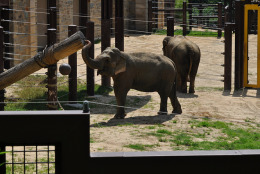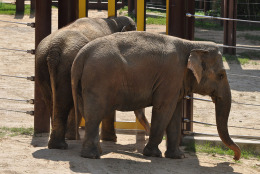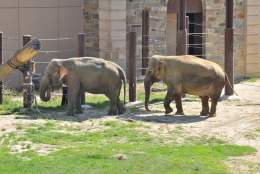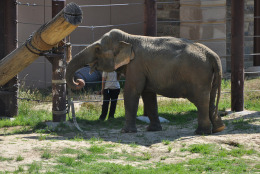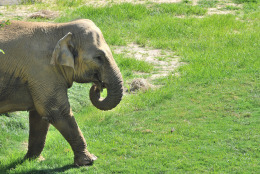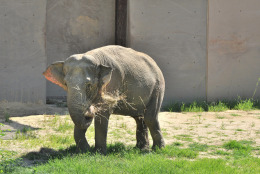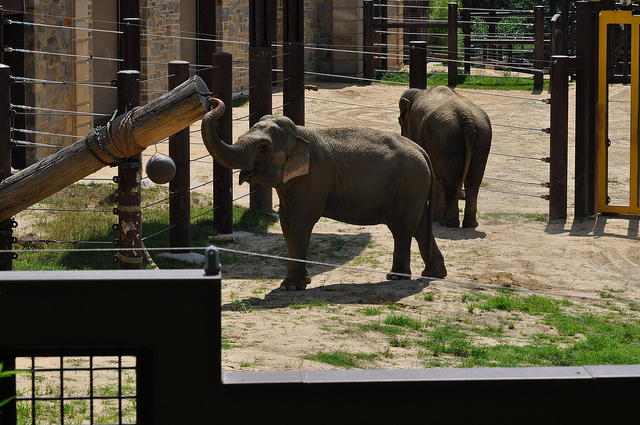
(Courtesy Jen Zoon, Smithsonian's National Zoo)
Courtesy Jen Zoon, Smithsonian's National Zoo
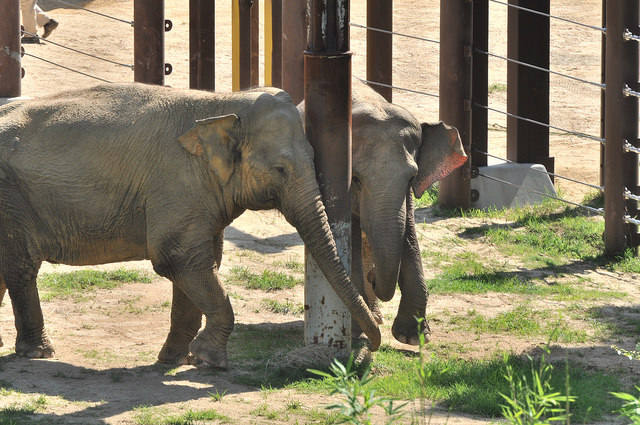
(Courtesy Jen Zoon, Smithsonian's National Zoo)
Courtesy Jen Zoon, Smithsonian's National Zoo
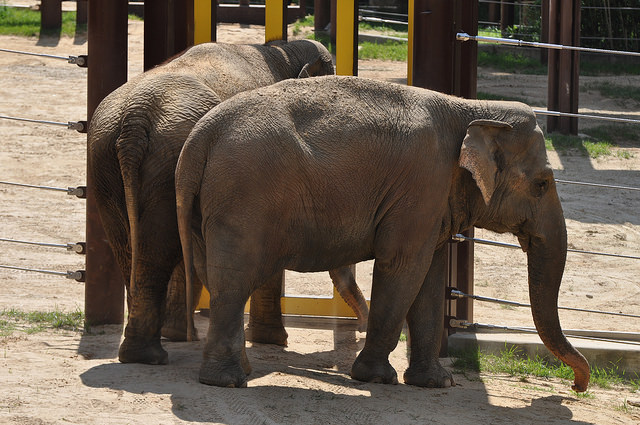
They'll open up more space to them as they get comfortable so as not to overwhelm them.
(Courtesy Jen Zoon, Smithsonian's National Zoo)
Courtesy Jen Zoon, Smithsonian's National Zoo
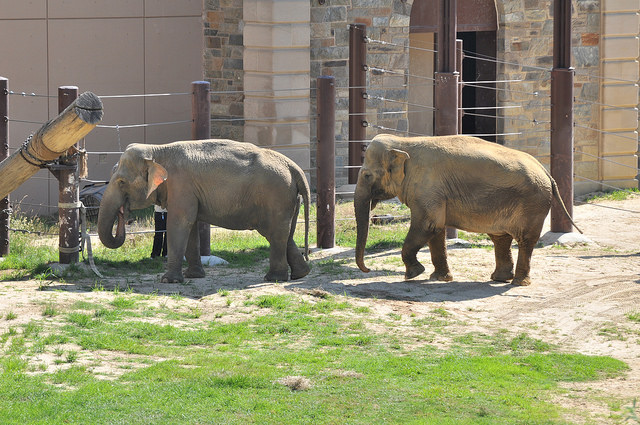
She has had 14 calves. Her second calf is Maharani, keepers say.
(Courtesy Jen Zoon, Smithsonian's National Zoo)
Courtesy Jen Zoon, Smithsonian's National Zoo
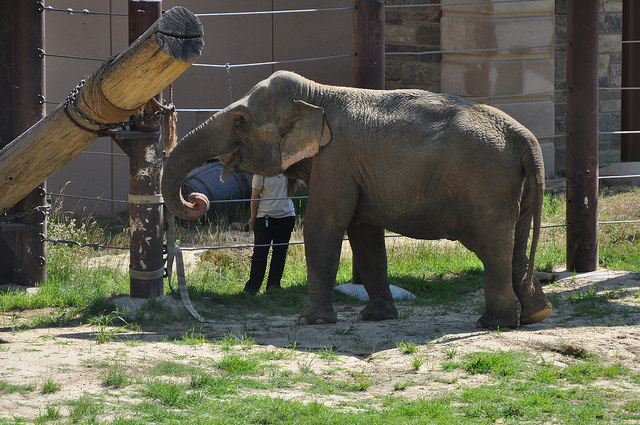
(Courtesy Jen Zoon, Smithsonian's National Zoo)
Courtesy Jen Zoon, Smithsonian's National Zoo
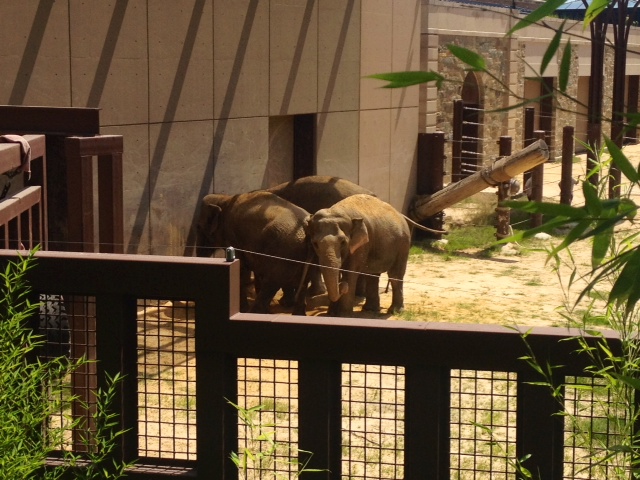
She is the tallest of the new additions and has had three calves but none survived, the zoo says.
(WTOP/Megan Cloherty)
WTOP/Megan Cloherty
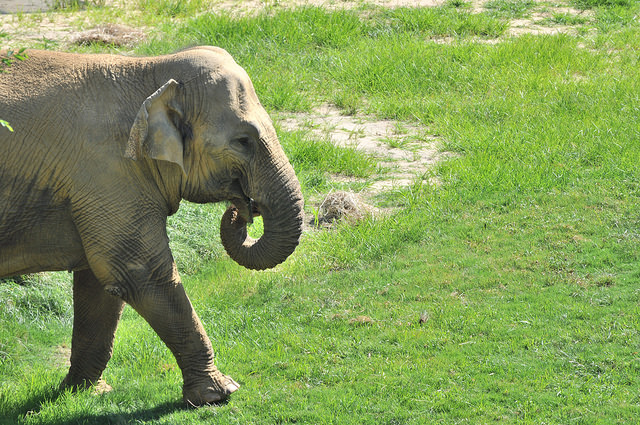
(Courtesy Jen Zoon, Smithsonian's National Zoo)
Courtesy Jen Zoon, Smithsonian's National Zoo
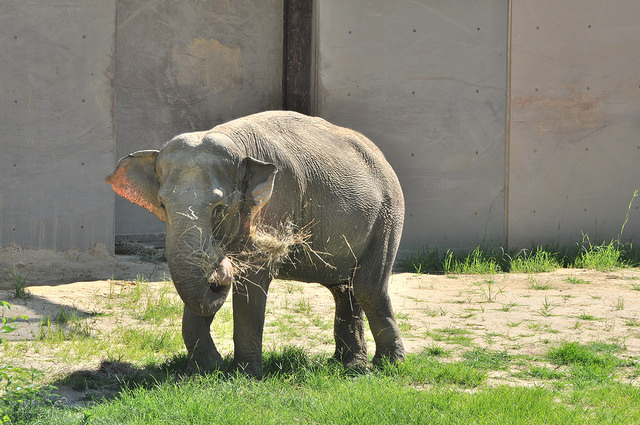
''We'll initially introduce them through a 'howdy.' They can touch, see, smell but they're not in the same space,'' she says.
(Courtesy Jen Zoon, Smithsonian's National Zoo)
Courtesy Jen Zoon, Smithsonian's National Zoo
